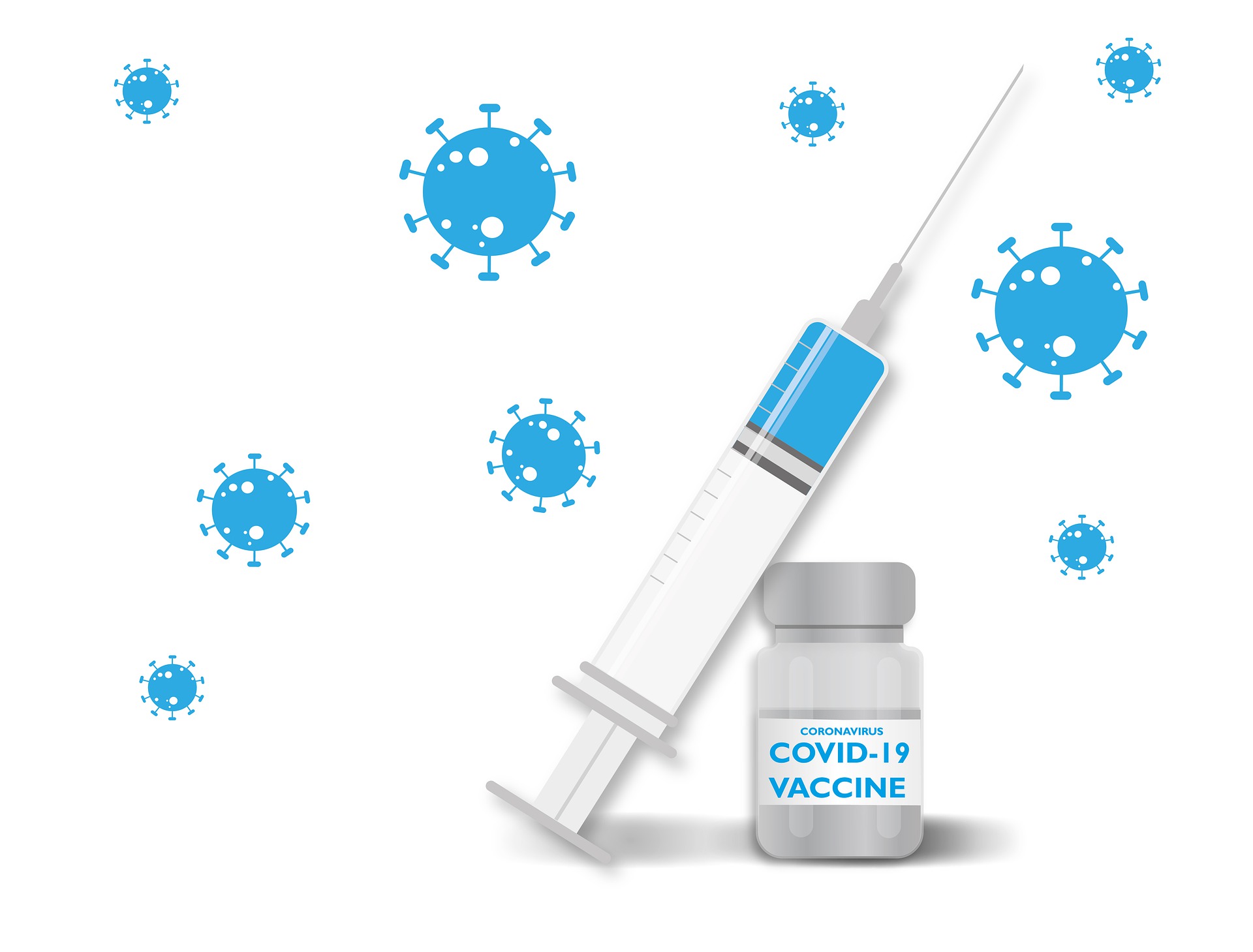Are you a national of Cameroon interested in applying for Temporary Protected Status (TPS)?
Then you may be interested to know that the U.S. Citizenship and Immigration Services (USCIS) will be hosting a webinar on Thursday September 8, 2022, from 2 to 3 pm Eastern Time all about the application criteria. As previously reported, beginning April 15, 2022, DHS designated Cameroon for TPS benefits for a period of 18 months. The registration period is set to close on December 7, 2023.
Individuals eligible for TPS under Cameroon’s designation must have continuously resided in the United States since April 14, 2022 and demonstrate continuous physical presence in the United States since June 7, 2022.
Any nationals of Cameroon who attempt to travel to the United States after April 14, 2022, will not be eligible for Temporary Protected Status.
TPS applicants must meet all eligibility requirements and undergo security and background checks to gain approval.
What will be discussed during the webinar session?
During the webinar, USCIS will provide an overview of the designation of Cameroon for TPS and then hold a question-and-answer session. USCIS cautions the public that it will not be addressing case-specific questions, questions outside the scope of the engagement, or issues under active litigation.
To Register for the Webinar:
- Individuals must visit the registration page.
- You will be asked to provide your email address and select “Submit.”
- On the next screen, you will see a notification that you successfully subscribed to this event.
Once your registration is complete, you will receive a confirmation email with additional details.
If you have not received a confirmation email within three business days, you may email at public.engagement@uscis.dhs.gov.
For more information about Cameroon’s TPS designation please click here.
 Visa Lawyer Blog
Visa Lawyer Blog











